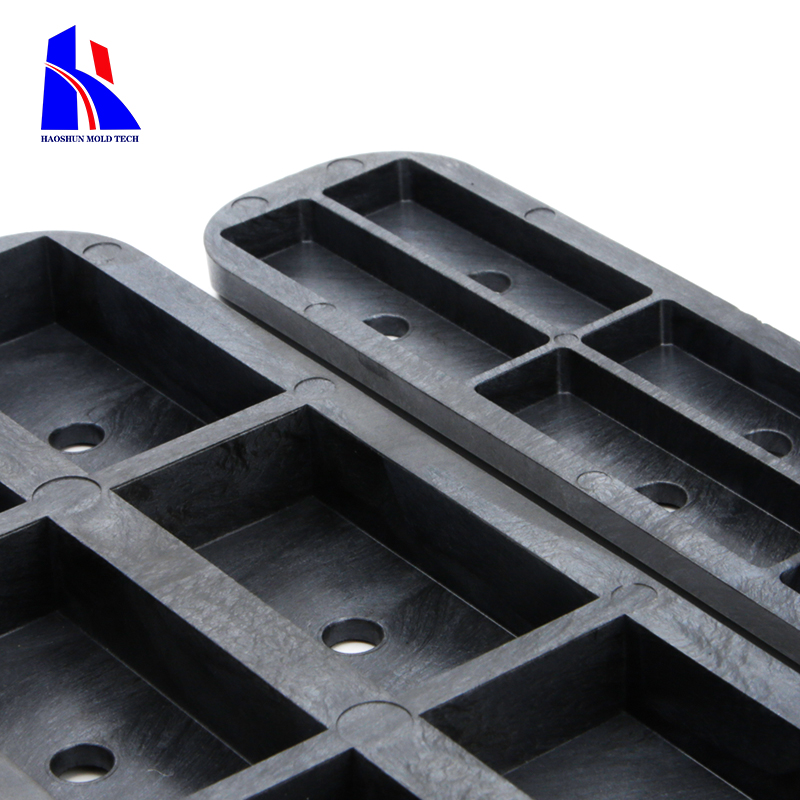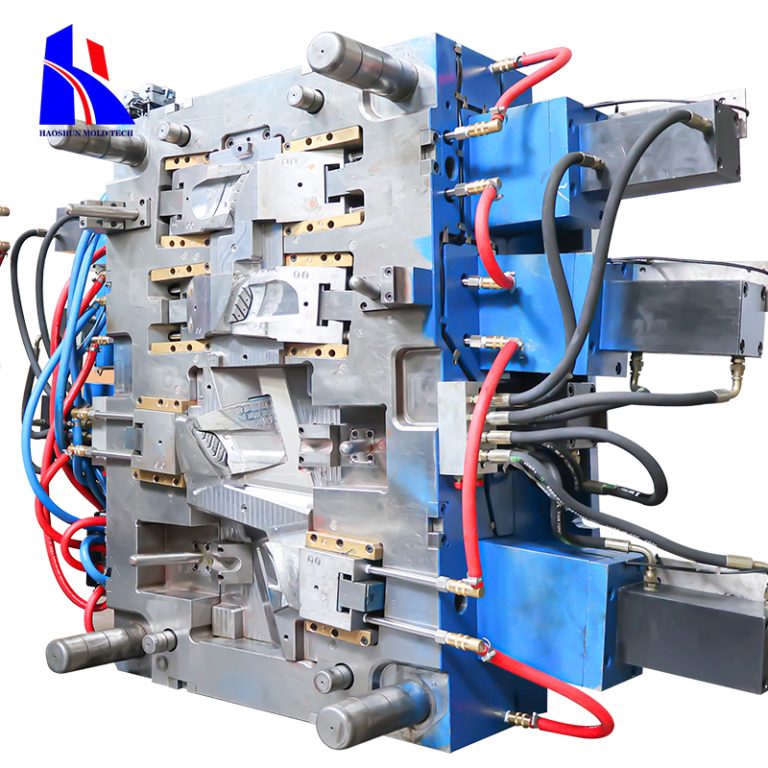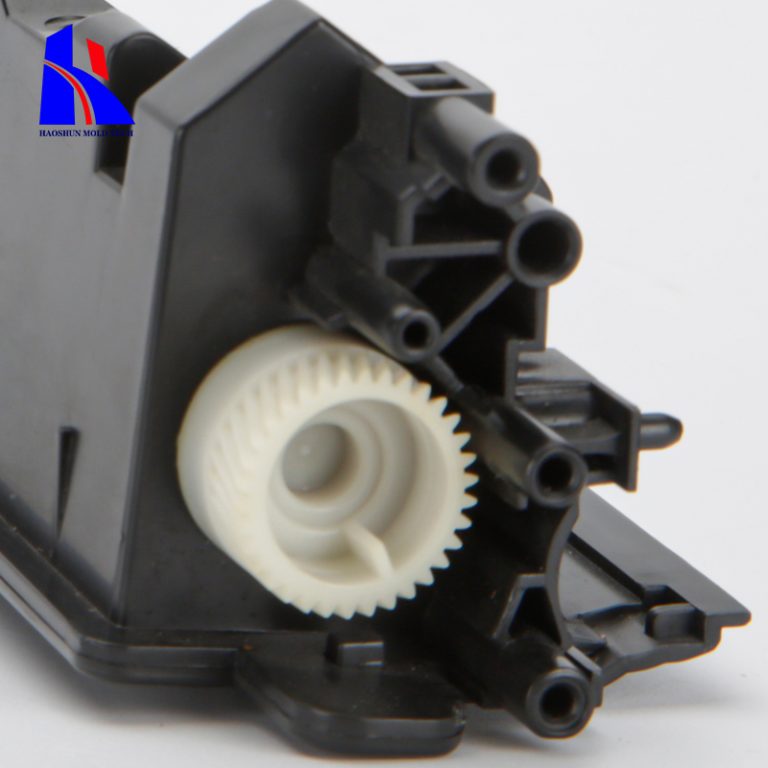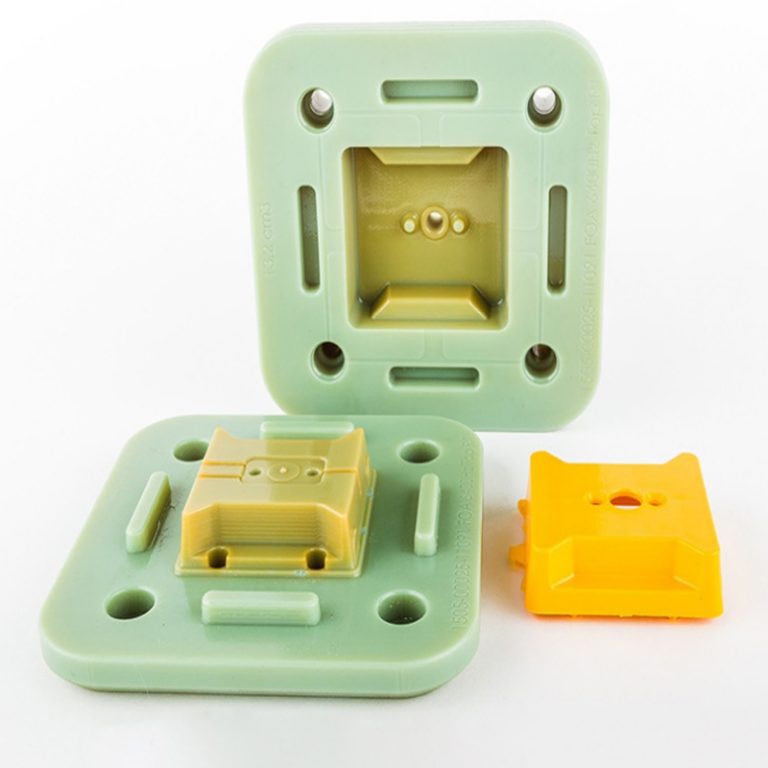automobile plastic parts
The Importance of Automobile Plastic Parts in Modern Vehicles
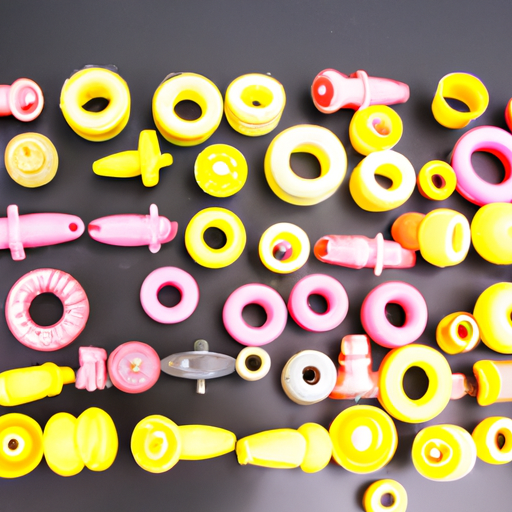
The Importance of Automobile Plastic Parts in Modern Vehicles
In the world of modern vehicles, plastic parts play a crucial role in ensuring the smooth functioning and overall performance of automobiles. From the exterior to the interior, plastic components are found in various areas of a vehicle, providing both aesthetic appeal and functional benefits.
| Drawing Formats | 2D(PDF/CAD) And 3D(STP/STEP) |
| Quotation | According To Your Drawing(Size / Material / Required Technology / Etc.) |
One of the primary reasons why plastic parts are widely used in automobiles is their lightweight nature. Compared to traditional materials like metal, plastic is significantly lighter, which helps to reduce the overall weight of the vehicle. This, in turn, leads to improved fuel efficiency and reduced emissions, making plastic parts an essential component in the pursuit of greener and more sustainable transportation.
Moreover, plastic parts offer excellent design flexibility, allowing manufacturers to create intricate shapes and forms that would be challenging to achieve with other materials. This flexibility enables automakers to design vehicles with sleek and aerodynamic exteriors, enhancing both the visual appeal and performance of the vehicle. Plastic parts also provide the opportunity for customization, allowing car manufacturers to differentiate their products and cater to the diverse tastes and preferences of consumers.
In addition to their aesthetic benefits, plastic parts also contribute to the safety and functionality of modern vehicles. Many critical safety features, such as airbags and seat belts, rely on plastic components for their proper functioning. Plastic is an ideal material for these applications as it can absorb impact energy, protecting passengers in the event of a collision. Furthermore, plastic parts are resistant to corrosion, making them durable and long-lasting, even in harsh weather conditions.
Another area where plastic parts excel is in the interior of the vehicle. From the dashboard to the door panels, plastic components are used extensively to create a comfortable and user-friendly cabin environment. Plastic parts are easy to mold and shape, allowing for the integration of various features such as storage compartments, cup holders, and control panels. Additionally, plastic parts can be designed to have a soft-touch feel, enhancing the overall tactile experience for occupants.
Furthermore, plastic parts contribute to the overall cost-effectiveness of automobile manufacturing. Plastic is a relatively inexpensive material compared to alternatives like metal or glass. This affordability allows automakers to produce vehicles at a lower cost, making them more accessible to a wider range of consumers. Additionally, plastic parts are easier and cheaper to replace in case of damage, reducing maintenance and repair costs for vehicle owners.
However, it is important to note that the use of plastic parts in automobiles also presents certain challenges. One of the main concerns is the environmental impact of plastic waste. As the automotive industry continues to grow, the disposal of plastic parts becomes a significant issue. To address this, manufacturers are increasingly focusing on developing sustainable and recyclable plastic materials, reducing the environmental footprint of their products.
In conclusion, plastic parts are an integral component of modern vehicles, offering numerous benefits in terms of weight reduction, design flexibility, safety, functionality, and cost-effectiveness. While there are challenges associated with the use of plastic in automobiles, ongoing efforts to develop sustainable alternatives demonstrate the industry’s commitment to addressing these concerns. As technology continues to advance, plastic parts will likely continue to play a vital role in shaping the future of automotive design and manufacturing.
